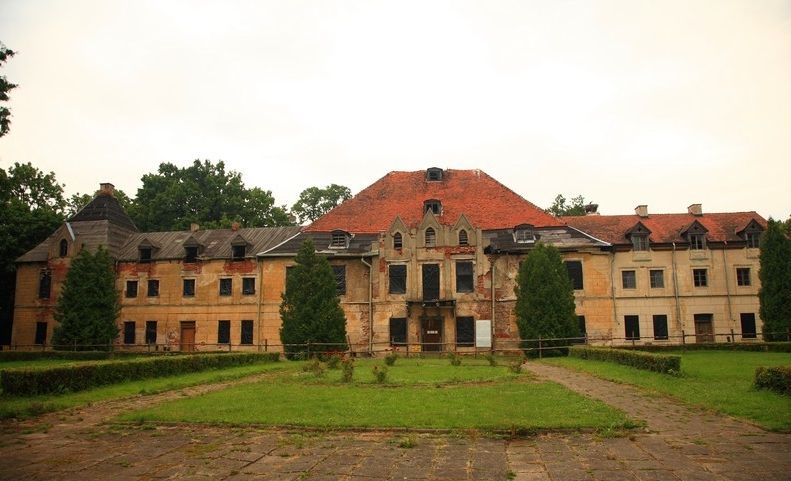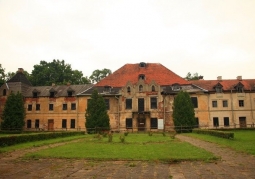No weather data
0.0 /5
Number of ratings: 0
The seventeenth-century palace with a park of one of the most powerful families of Prussian nobility, Lehndorff, who lived in the town of Sztynort from 1572 to 1945. The Lehndorffs came from the Stango family, who lived in Chełmno land in the pre-Teutonic times. Today's name Sztynort comes from the German Steinort which means in a free translation a stone horn. Probably this name came from the rocky shoal known to sailors on Lake Dargin, now called the Stones of Stuart. The Lehndorff family residence, preserved to this day, was built in several stages. The first building was destroyed in the 16th century. The second building was erected in the years 1554-1572, and its traces remained in the lower parts of the main body of today's building. The construction of the present palace was carried out by Maria Eleonora von Dönhoff in the years 1689-1691 using the foundations of an earlier building. A two-storey building was erected with a small projection on the facade axis topped with a high, flattened pediment. The whole was covered with a hip, large, steep roof. The interior of the palace is three-tract, in the great hall there were representative rooms and two-stage oak stairs. The interiors were decorated with polychrome wooden ceilings, stuccoes, oil-painted plafonds, decorative fireplaces and stoves. On the north side of the palace there was a vast park. At that time it was one of the largest parks, 18 hectares. It had regular avenues with oak, rich flower ground floors, interesting species of trees and shrubs. The whole was decorated with numerous sculptures. A sundial made in 1741 stood in a clearing in the middle of the park. It is worth mentioning that near the palace there was once a Lehndorff mausoleum in the shape of an octagonal rotunda with a stellar vault. The chapel in which the remains of the family members rested was built in 1858. However, it was destroyed during the war.
Komentarze
No results
Nearby places
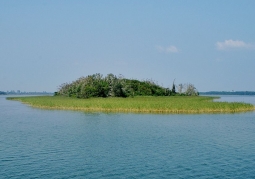
Dobskie Lake Nature Reserve
Category: Nature reservesSince 1976, the area of Lake Dobskie has been a landscape reserve. Located near Giżycko within the complex of Lake Mamry with an area of 1833 ha. The area of the lake is 18 km and its maximum depth is...
7 km

Boyen Fortress - Giżycko
Category: Defensive Fortifications and CastlesIt was built between 1844 and 1856 west of Giżycko, in the isthmus between the lakes Niegocin and Kisajno. In later years it was gradually enlarged. The name comes from the initiator and originator of the construction...
12 km
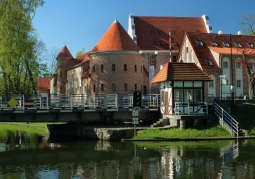
Teutonic Castle - Giżycko
Category: LocksThe prosecutor's castle was built by the Teutonic Order around the mid-fourteenth century, which is mentioned in the mention of 1340 about the once residing here of the Teutonic prosecutor performing a judicial,...
12 km
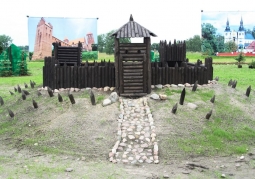
Miniature Park of Warmia and Mazury - Mazurolandia - Masurian Park of Attractions - Parcz
Category: Science and entertainment parksThe Park of Miniatures of Warmia and Mazury called '' Mazurolandia '' presents meticulously recreated miniatures of the most interesting and well-known monuments of the Warmian-Masurian region. These objects delight...
13 km
Nearby places

Dobskie Lake Nature Reserve
Category: Nature reservesSince 1976, the area of Lake Dobskie has been a landscape reserve. Located near Giżycko within the complex of Lake Mamry with an area of 1833 ha. The area of the lake is 18 km and its maximum depth is...
7 km

Boyen Fortress - Giżycko
Category: Defensive Fortifications and CastlesIt was built between 1844 and 1856 west of Giżycko, in the isthmus between the lakes Niegocin and Kisajno. In later years it was gradually enlarged. The name comes from the initiator and originator of the construction...
12 km

Teutonic Castle - Giżycko
Category: LocksThe prosecutor's castle was built by the Teutonic Order around the mid-fourteenth century, which is mentioned in the mention of 1340 about the once residing here of the Teutonic prosecutor performing a judicial,...
12 km

Miniature Park of Warmia and Mazury - Mazurolandia - Masurian Park of Attractions - Parcz
Category: Science and entertainment parksThe Park of Miniatures of Warmia and Mazury called '' Mazurolandia '' presents meticulously recreated miniatures of the most interesting and well-known monuments of the Warmian-Masurian region. These objects delight...
13 km
